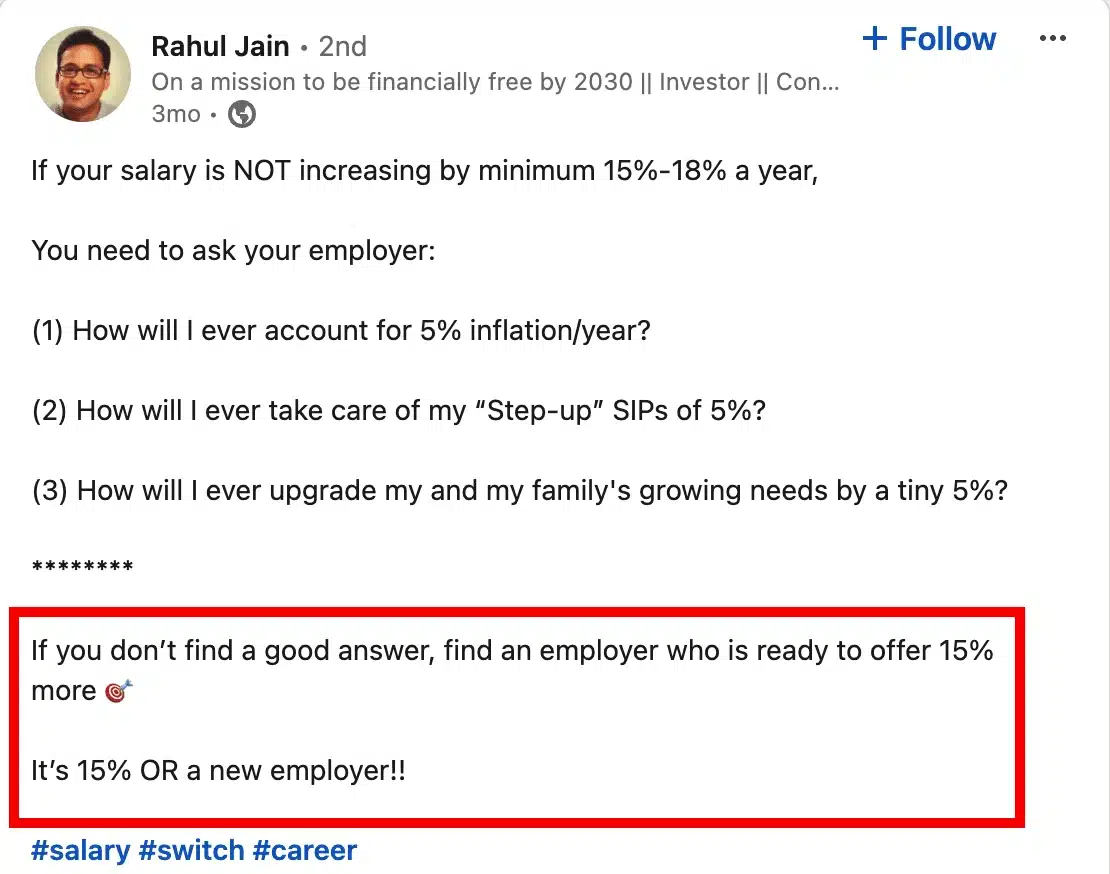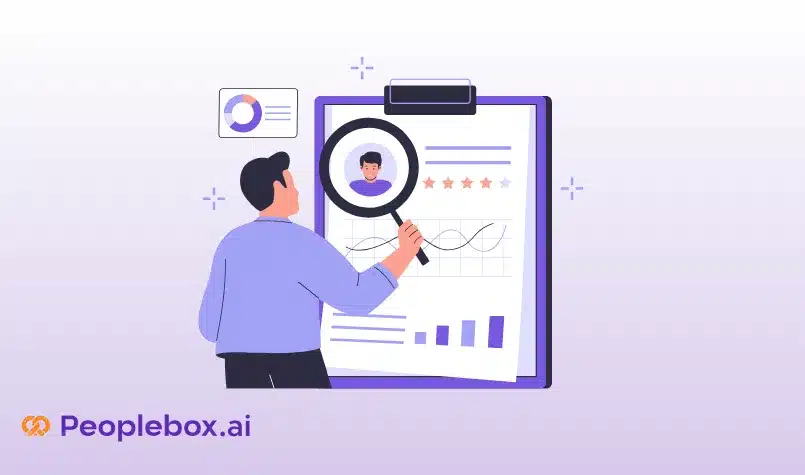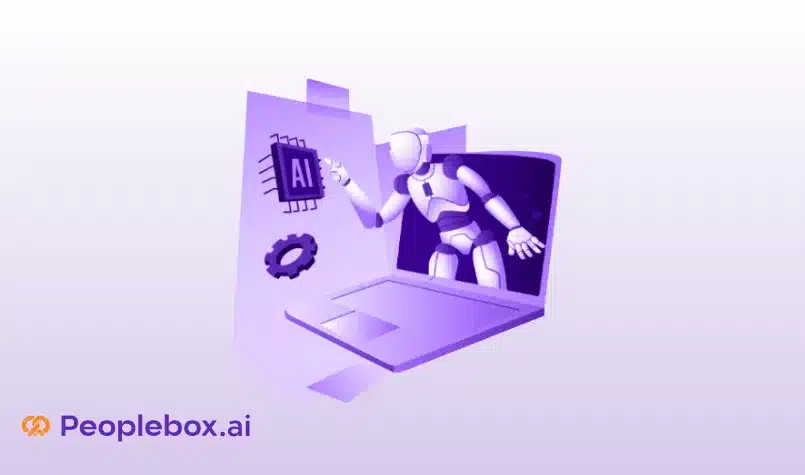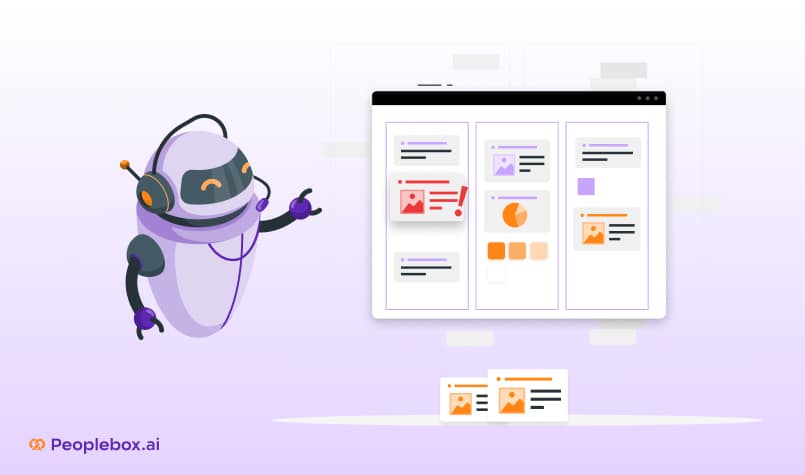Hiring can be tricky. You must fill positions while bringing in the right talent to push your company forward. Many HRs hire reactively, focusing on immediate vacancies instead of strategically aligning their recruitment process with long-term goals.
This approach can waste your time and money. The worst part? You’ll be stuck with the wrong hires, ultimately limiting your company’s growth.
To hire the best employees who contribute to your company’s long-term growth, your hiring team must identify your recruitment needs and refine your hiring process before posting that vacancy on social media and job boards.
To create a successful hiring process, you need to pinpoint what roles need to be filled, not just today but also in the future. In this blog, we share practical steps to identify hiring needs so you can hire smarter, align your team with business goals, and stay ahead in the market.
Let’s dive in.
Importance of identifying hiring needs in your company
No matter what role you’re trying to fill, the hiring process starts with identifying recruitment needs. It’s followed by developing a talent strategy, screening and selecting candidates for job openings, finalizing and presenting a job offer, and integrating the new hire into the company.
Identifying hiring needs is super important for the overall talent strategy. Outlining hiring needs to help you filter suitable candidates quickly. It helps you:
- Find factors that interest and influence new hires
- Perks and benefits that make you more attractive as an employer
- Curate interview questions to shortlist suitable employees for job openings
- Anticipate future hiring trends
Problems in identifying recruitment needs
Evolving market demands
Market demands constantly shift due to technological advancements, industry trends, and global economic changes. What is relevant today may become obsolete tomorrow, making it difficult for recruiters to predict the skills and roles needed in the future accurately. That’s why accurately identifying hiring needs is crucial to attract potential candidates.
Engaging qualified candidates
One of the most pressing issues for hiring managers is attracting and engaging the right talent. Candidates have access to several job boards and social media platforms where they can instantly apply and get interviews. Also, highly skilled candidates often receive multiple offers, making it harder for companies to stand out.
Hiring bias
Even if unconscious bias affects the hiring process, for example, male candidates are 1.5X more likely to qualify in the initial selection process than qualified female candidates. People of color also face similar issues.
Standing out from the competition
As a part of their hiring strategy, HRs frequently reach out to qualified candidates on platforms like LinkedIn. Such potential candidates have a lot of job opportunities in their inboxes, which allows them to play favorites and makes it hard for recruiters to find suitable candidates.
Ensuring a good candidate experience
The candidate experience is a crucial factor in successful recruitment, yet many companies struggle to deliver a seamless hiring process. Long response times, lack of communication, and a complicated hiring process can deter candidates.
Prioritizing inclusion with skill-based hiring
LinkedIn data shows that skill-based hiring can increase the talent pool by 10X. When your hiring team removes the degree requirement for their job descriptions, they open doors to potential candidates from historically marginalized groups that don’t have access to degrees but have cultivated the right skill set.
💡Fun fact: The number of jobs listed on the LinkedIn platform that omit degree requirements has increased 36% between 2019 and 2022.
Identify recruitment needs with this step-by-step process
Conduct a workforce analysis
The first step for your hiring manager is to analyze your current workforce.
Workforce analysis involves evaluating your existing workforce to assess the skillset and performance of your current employees and identify gaps that could hinder the company’s future growth.
Workforce analysis helps decide which roles must be filled, upskilled, or redefined to meet business objectives. This hiring strategy ensures that you’re filling immediate gaps and preparing for future requirements that you may develop with new goals, such as entering new markets or launching new products.
You can check performance reviews to gauge the skill set of your workforce. You should also consider whether your current staff can handle upcoming challenges like new technologies or market shifts.
💡Example: A company that wants to use AI to automate certain tasks can check if its employees use AI in their daily tasks. This will help them understand how many employees need AI training and how many can get started quickly.
Forecast future hiring needs.
Forecasting future hiring needs is a proactive way for you to navigate market changes.
What is HR forecasting?
HR forecasting predicts a company’s future staffing needs and hiring goals. It helps align workforce capabilities with business objectives. In HR forecasting, you can evaluate factors like employee turnover, market growth, and upcoming projects to ensure your organization is neither under or over-staffed.
There are two types of hiring forecasts: Short-term and Long-term.
Short-Term ForecastsThese focus on immediate hiring needs for 3-6 months, such as filling current vacancies, replacing employees, or meeting seasonal demand.
Long-Term Forecasts:Long-term forecasting looks further ahead, considering how the workforce must evolve to align with strategic goals in the next 3-5 years.
You can predict future hiring needs by:
- Reviewing past hiring patterns, turnover rates, and project cycles provides valuable insights into staffing needs.
- Keeping up with industry trends to anticipate the skills in demand.
- Keeping up with new technologies, such as AI, blockchain, or automation, can make certain roles obsolete while creating demand for new expertise.
Collaborate with department heads
The role of HR professionals often lacks the on-the-ground perspective that managers have. HRs need to collaborate with managers to understand the specific skill sets required for each department.
Department heads have a clear view of existing team members’ daily operations, challenges, and goals. They can provide direct insight into the expertise needed to meet current demands or future strategic objectives.
For instance, while HR may be focused on filling a vacancy, a manager might recognize that the team also needs someone with specific technical skills or leadership qualities. These insights are invaluable while identifying hiring needs and developing job descriptions that attract the right talent.
You can use tools like Peoplebox to set up regular 1:1 meetings with department heads to discuss their team’s performance and staffing needs.
Consider cultural fit

It’s important to get a clear idea about the culture fit while identifying hiring needs. A recent Deloitte study states that 94% of entrepreneurs and 88% of job seekers say that a healthy workplace culture is vital for their success.
Every company has a specific culture. For example, a fast-paced, employee-centric company would expect independence and ownership from its employees. In contrast, an older, ethical company may have a hierarchical work structure.
For the first company, you’d need an experienced employee who can get things done, while for the second company, you need an employee who respects the hierarchy and abides by the code of conduct.
Building a cultural fit ensures that a candidate has the expertise and shares the company’s values, work ethic, and approach to collaboration.
Employees who fit nicely within a company’s culture tend to be more engaged, productive, and likely to stay longer, reducing turnover and fostering a more cohesive work environment.
Discuss finances
Before you start recruiting, you must define your budget for each role. This includes salary benchmarking and calculating hiring costs associated with benefits, onboarding, training, and recruitment tools or agencies.
Without budgeting, you can overspend or miss out on top talent due to uncompetitive offers.

Your recruitment team must research industry salary standards and adjust for location, skill level, and demand. For instance, highly specialized roles such as data scientists or AI engineers will command higher salaries than more general positions.
Now, offering a high salary might attract great talent, it’s crucial to consider the total cost of hire, which includes training and onboarding costs. Consider offering non-monetary benefits, such as flexible working hours or professional development opportunities, which can help offset lower salary offers while attracting top candidates.
Once you reach a good number for a role, you can add that to the job description to maintain transparency – which brings us to the final step.
Write a job description
A job description acts as the first point of contact between your company and potential employees, and its quality can significantly impact the recruitment process.
A clear job description helps candidates understand the role and reduces the number of unqualified applicants. You set clear expectations regarding responsibilities, skills, and company culture through a JD, ensuring that candidates self-select based on fit.
Here’s what to include in a job description:
| Component | Description |
| Job Title | Use a specific and industry-standard title that accurately reflects the role and level. |
| Role Overview | Provide a brief summary of the job’s primary purpose and its contribution to the organization. |
| Key Responsibilities | List the core duties of the role, preferably in bullet points, to give candidates a clear picture. |
| Required Qualifications | Include necessary educational background, certifications, and experience levels. |
| Skills | Highlight both technical and soft skills necessary for success in the role. |
| Company Culture | Describe your company values, work environment, and team dynamics to attract culturally aligned candidates. |
| Compensation and Benefits | Outline salary range, benefits, and perks to provide transparency and set expectations. |
| Location and Work Type | Specify whether the job is remote, hybrid, or on-site, along with any travel requirements. |
| Application Instructions | Clearly state how to apply, including deadlines or any required documents (e.g., cover letters). |
Start identifying recruitment needs today
To sum up, identifying hiring needs is more than just filling vacancies—it’s about building a team that aligns with your business strategy and future growth.
By following these steps to identify hiring needs, you can make smarter, more strategic hiring decisions that set your company up for long-term success.
If you want to streamline this process and gain real-time insights from your team, Peoplebox can help. Its 1:1 meeting software lets you connect with department heads, gather feedback, and make data-driven hiring decisions.
Also, you can use performance reviews from Peoplebox to pinpoint skill gaps in your organization. Ready to take control of your recruitment strategy today? Book a demo to Peoplebox today.







